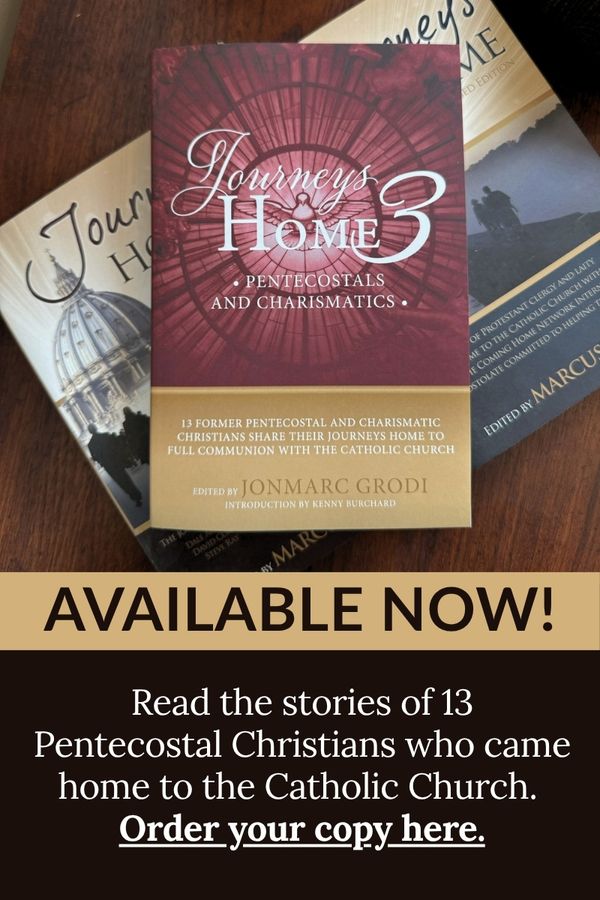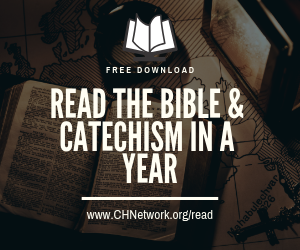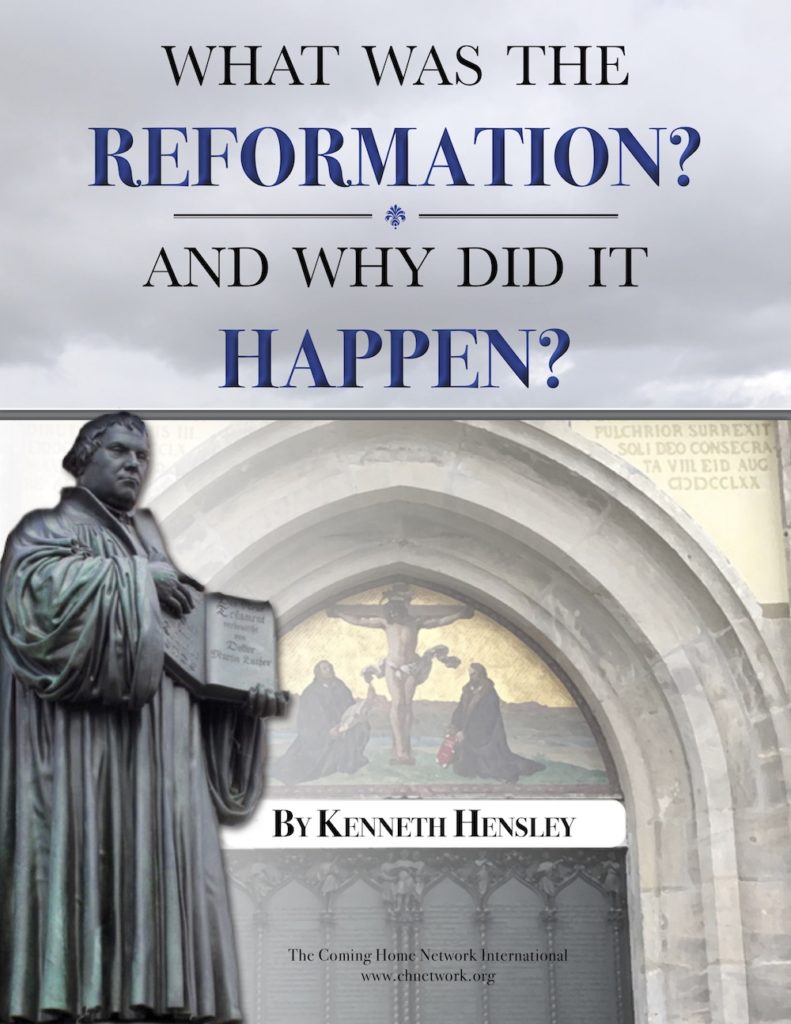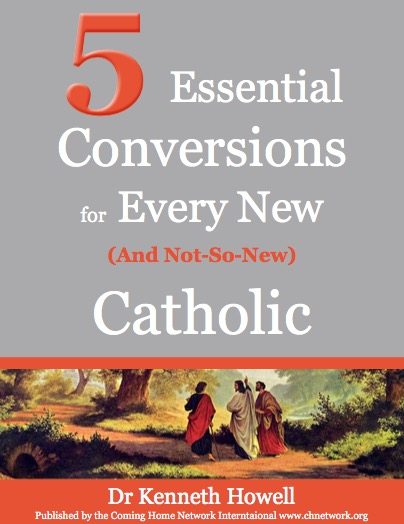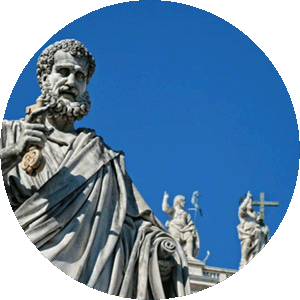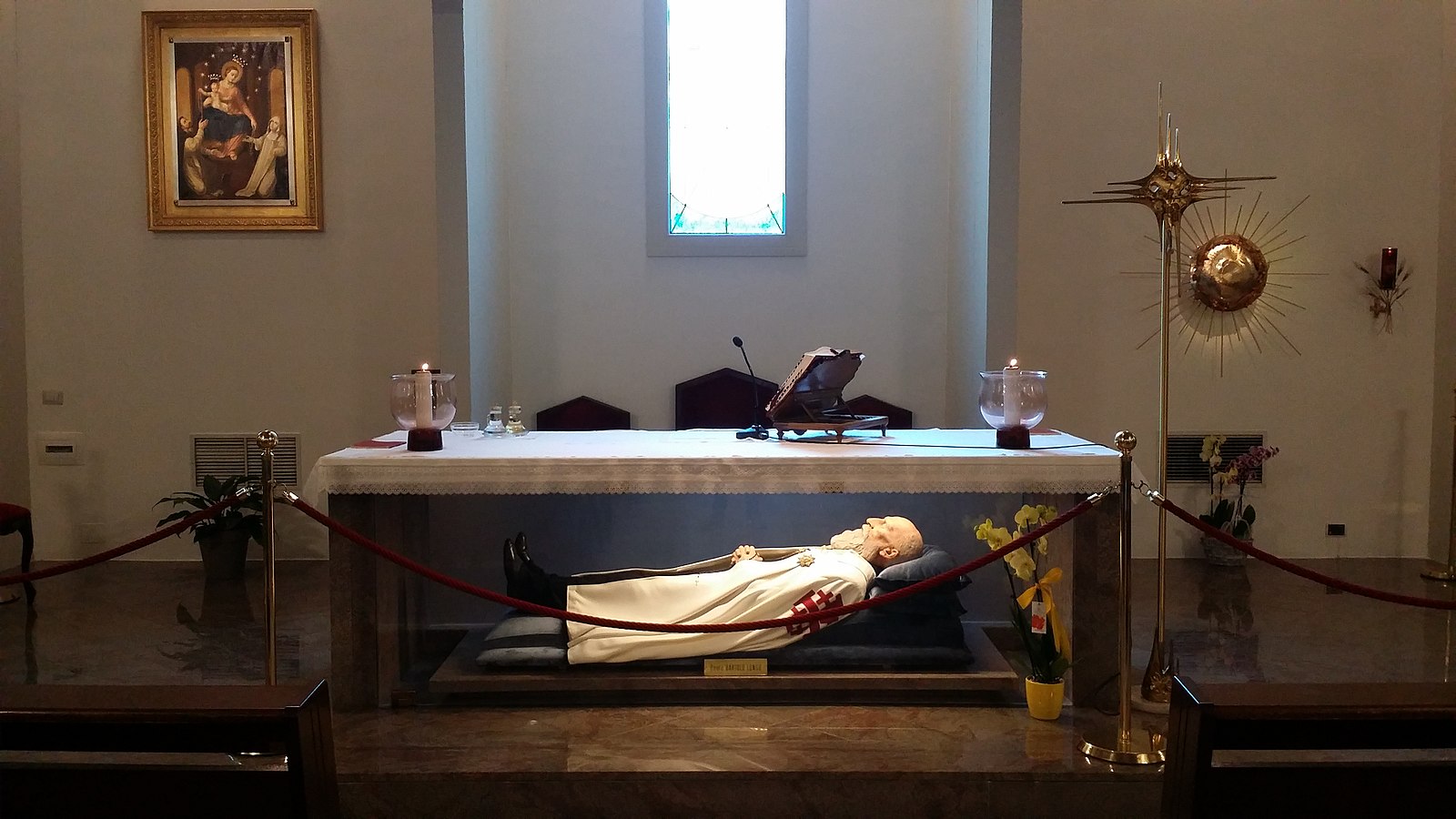
Back in 1993, The Coming Home Network was founded to help people from all kinds of backgrounds find a home in the Catholic Church, but especially those who served in some capacity as non-Catholic clergy. St. John Henry Newman, recently declared a Doctor of the Church, is a prime example of a saint who typifies that experience; his journey from Anglican priesthood to the Catholic Church gives him a unique credibility among our clergy members who are looking for heavenly intercessors who can relate to their experience.
On the extreme opposite end of that spectrum, however, is another, far less conventional figure, who will be canonized soon. In February of this year, it was announced by the Dicastery for the Causes of Saints that Bartolo Longo, a former Satanic priest, would be officially recognized as a saint. It was later announced that the canonization would take place October 19th of this year, with Pope Leo XIV presiding.
So how did a vehement enemy of Christ and His Church—a former Satanic priest—end up having an extraordinary conversion, and becoming known as the “Apostle of the Rosary?”
For Longo, the journey began in a devout family; his Catholic parents tried to instill the faith in him from childhood. However, after the death of his father when Bartolo was only 10, he decided he wanted to become a lawyer, and wandered far from his Catholic roots. This was the mid-1800’s, when Italian nationalist forces saw the Catholic Church as an obstacle to efforts to unite the country under the Risorgimento. That, combined with a rising fad of interest in spiritualism and occult practices, had a seductive effect on Bartolo, especially during his time at the University of Naples.
Like many college students confronted with new ideas and disillusioned with their upbringing, Longo gravitated toward these occult practices, through seances and other spiritualist experimentation. Some of the experiences he had during this time solidified his belief in dark and supernatural forces, and he sought ordination as a Satanic priest.
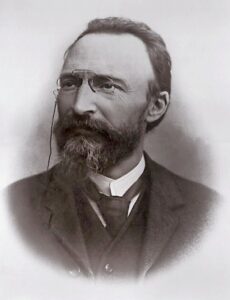
In that role, he tried to argue Catholics away from their faith and into fortune telling, as well as much more unsavory pagan ritualistic practices. However, rather than finding freedom and power through these practices, Bartolo felt increasingly oppressed by them, undergoing nightmares, paranoia, depression, and eventually a mental breakdown that led him to the edge of suicide.
At the bottom of these horrific experiences, Bartolo seemed to hear the voice of his late father impressing upon his heart to return to God. He sought the help of a practicing Catholic friend, who introduced him to a Dominican priest, Alberto Radente. Fr. Radente was able to disciple Bartolo back to faith, and in the course of it, he saw devotion to Mary, especially through the Rosary, as a powerful antidote to the effects of his occult obsessions. They had pointed him away from Christ; Our Lady was helping to continually point him back toward Christ.
Bartolo eventually settled in Pompeii, and seeing that spiritualism had a strong grip on the popular imagination there, decided to found a Marian shrine to stand as a public witness against the superstitions and occult practices that were running rampant, even among otherwise practicing Catholics. Word spread, and people eventually flocked from all over Italy, Europe, and the world to visit the Shrine of Our Lady of Pompeii.
In addition to the Shrine, Bartolo devoted his life to providing for the needs of orphans and prisoners, especially in Pompeii. He was nominated for the Nobel Peace Prize in 1902, and again in 1903.
Longo died on October 5th, 1926. In the 1940’s, his writings were reviewed, and after receiving approval by Vatican theologians, his cause for sainthood was formally opened. In 1980, he was beatified by Pope John Paul II, who also mentioned Longo in his 2002 Apostolic Letter Rosarium Virginis Mariae—the same letter in which the Holy Father introduced the five Luminous Mysteries of the Rosary. In that letter, John Paul II wrote that “Bartolo Longo promoted the Christocentric and contemplative heart of the Rosary.” What a powerful statement for a pope to make about a man who had once promoted Satanism!
Bartolo Longo is certainly not the first example that comes to mind when considering the conversions of non-Catholic clergy to the Cathoic Faith! But his story reminds us that no matter how far we are from God, He is always calling His children to return to Him.
St. Bartolo Longo, pray for us!

